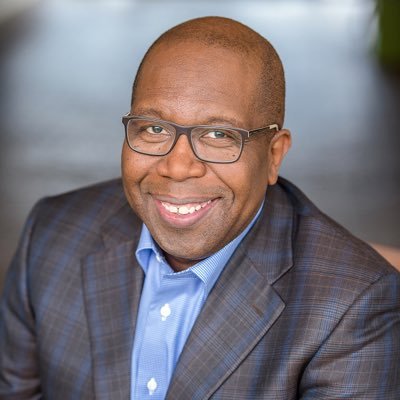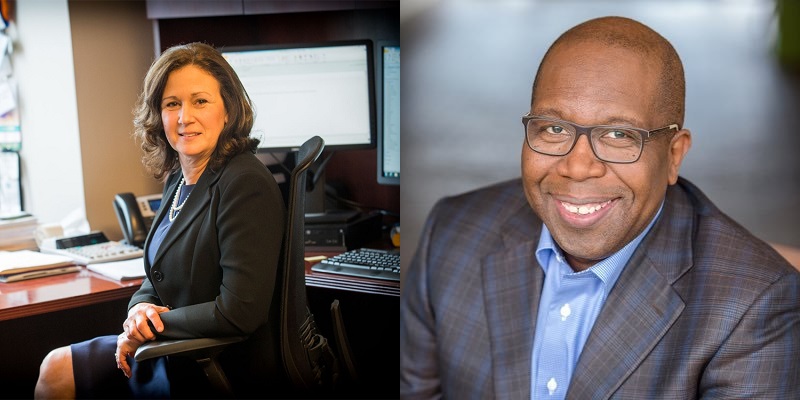NATIONAL ATR NETWORK SURVEY
Hundreds of ACEs, trauma, & resilience networks across the country responded to our survey. See what they shared about network characteristics, goals, and technical assistance needs.
Ann Marie Healy used to travel around Pennsylvania talking to community members about “smart” land use planning. Through her work with 10,000 Friends of Pennsylvania, a non-profit devoted to revitalizing cities and towns, “we would meet with people to share what we had learned about how to approach planning in a more strategic manner.” In one small town, residents questioned the relevance of the pitch. “Isn’t what we’ve learned locally just as important as what experts have found works elsewhere?” they asked.
The experience taught Healy that expertise and local ingenuity are not mutually exclusive, and that language matters; campaigns for the public good need to be sensitive to those who will receive the message. That’s why Healy, now executive director of Philadelphia Health Partnership (PHP), wanted to invest in efforts to craft effective, inclusive community messaging about adverse childhood experiences (ACEs) and resilience. It’s why her organization gave more than $75,000 to the Philadelphia ACE Task Force (PATF) to do just that.
 PHP, in existence for 20 years (formerly called First Hospital Foundation), is a private foundation with a focus on advancing health equity and addressing social determinants of health. “What’s really important to us is that everyone has an opportunity to achieve optimal health and well-being, which we believe requires addressing underlying root causes: the physical and social environments in which people live,” says Healy. “Our focus is on eliminating health disparities.”
PHP, in existence for 20 years (formerly called First Hospital Foundation), is a private foundation with a focus on advancing health equity and addressing social determinants of health. “What’s really important to us is that everyone has an opportunity to achieve optimal health and well-being, which we believe requires addressing underlying root causes: the physical and social environments in which people live,” says Healy. “Our focus is on eliminating health disparities.”
The foundation also favors cross-sector work—the approach used by PATF, which began in 2012 as a coalition of physicians eager to put the science of ACEs into practice. PATF has since grown to a multi-sector network including community residents and organizational representatives from behavioral health, social service, education, and juvenile justice. PHP awarded a $5,000 grant for development of the task force and supported the groundbreaking 2013 National Summit on Adverse Childhood Experiences, held in Philadelphia.
Later, it was the Task Force’s work on messaging—how to share the growing research on ACEs and resilience with diverse groups including young people, parents and older adults—that drew PHP’s attention. Members of the messaging work group each brought a community resident into the process and tested various approaches with focus groups from those target populations. “What was really important to us was that the messaging development was a collaborative process, that it was engaging community members,” Healy says. “The use of language has always been very important to us—being respectful of where people are and how they view their lives.”
On the other side of the country, the Alaska Resilience Initiative (ARI), a similar cross-sector network, is also drawing support from a health-focused entity—in this case, Premera Blue Cross, a not-for-profit, independent licensee of the Blue Cross Blue Shield Association based in Washington state.
 The company, which serves two million people in Washington and Alaska, launched Premera Social Impact in 2016 with a focus on behavioral health and health equity. Paul Hollie, who heads Premera’s program, says the company recognized that behavioral health, including mental illness and substance addictions, “has a strong influence on people’s lives.”
The company, which serves two million people in Washington and Alaska, launched Premera Social Impact in 2016 with a focus on behavioral health and health equity. Paul Hollie, who heads Premera’s program, says the company recognized that behavioral health, including mental illness and substance addictions, “has a strong influence on people’s lives.”
Trevor Storrs, president and CEO of Alaska Children’s Trust, the backbone organization for ARI, helped inform Hollie and his colleagues about ACEs, resilience and the challenges of working in a sprawling territory where climate, road conditions, geography, culture and historical, multi-generational trauma all create barriers to health equity.
“Given the remote aspects of many of the towns, the difficulties in moving supplies and expertise from point A to point B caught our attention,” says Hollie. Premera was impressed by ARI’s commitment to partnership with tribal and other community-based organizations.
“They’re not just working in a silo,” he says. “They have a systematic approach to bringing the expertise and commitment to the people who need it most.” On several trips to Alaska, meeting with members of ARI and its partner organizations, Hollie noted innovations driven by necessity, such as the use of paraprofessionals or telemedicine for people in remote rural areas.
In addition, Hollie says, Premera’s support of ARI aligns with an increasing tilt throughout the health insurance world to support prevention as well as treatment. “It’s the whole notion of being upstream,” he says. “It’s a better place for solutions.”
In Philadelphia, where health disparities between low- and high-income neighborhoods remain stark, PHP is eager to move beyond training and awareness-building to considering how the principles of trauma-informed care can be translated into action. “Participation in PATF has been a great opportunity for PHP to be at the table,” Healy says, “thinking about how to move all of this forward with diverse partners.”
Check out the Trauma Informed Philanthropy series created by Philanthropy Network Greater Philadelphia and Philadelphia ACE Task Force leaders from United Way of Greater Philadelphia and Southern New Jersey and the Scattergood Foundation. Read more at http://www.philadelphiaaces.org/TraumaInformedPhilanthropy.
Click on the image below to download The Role of Philanthropy in Fostering Collaboration through Cross-Sector Networks, a companion infographic for Trauma Informed Philanthropy, Volume 2, developed by the series authors in partnership with the Health Federation of Philadelphia, the Robert Wood Johnson Foundation, and The California Endowment.
Anndee Hochman is a journalist and author whose work appears regularly in The Philadelphia Inquirer, on the website for public radio station WHYY and in other print and online venues. She teaches poetry and creative non-fiction in schools, senior centers, detention facilities and at writers' conferences.
